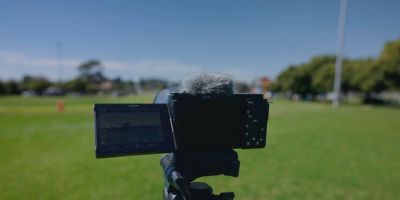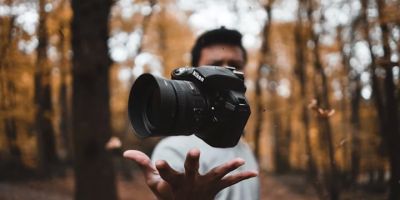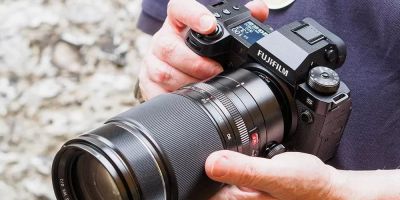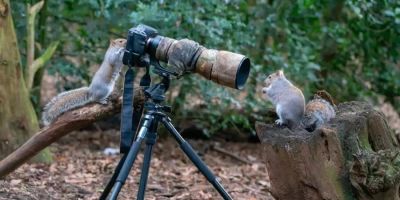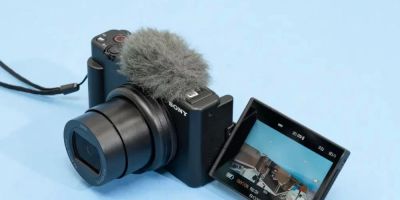- 1-Selecting-Right-Camera-#Selecting-Right-Camera
- 2-Key-Features-to-Look-For-#Key-Features-to-Look-For
- 3-Top-Picks-for-Pet-Videography-#Top-Picks-for-Pet-Videography
- 4-Top-Picks-for-Wildlife-Videography-#Top-Picks-for-Wildlife-Videography
- 5-Real-World-User-Experiences-#Real-World-User-Experiences
- 6-Explore-More-on-Photo-Studio-#Explore-More-on-Photo-Studio
1. Selecting the Right Camera
For camera for pet and wildlife videography enthusiasts, choosing the correct tool starts with understanding your shooting environment. Indoor pet videos demand low-light performance and silent autofocus, while wildlife work often requires long-reach lenses and rugged build. Matching camera type to scenario ensures you capture every whisker twitch or bird in flight.
1.1 Sensor Size and Resolution
Larger sensors gather more light, improving low-light footage of indoor pets. A 1-inch or APS-C sensor balances detail and portability. For wildlife, a full-frame sensor with high megapixel count lets you crop distant subjects without quality loss.
1.1.1 Crop Factor Benefits
Smaller sensors offer extra reach—an APS-C camera with a 300 mm lens behaves like a 450 mm on full frame, saving weight and cost for wildlife videography.
2. Key Features to Look For
Enthusiasts need specific capabilities from a camera for pet and wildlife videography enthusiasts. Look for:
2.1 Fast and Silent Autofocus
Pets move unpredictably; wildlife can vanish in an instant. Cameras with dual-pixel or phase-detect autofocus lock on subjects quickly and quietly, avoiding startle.
2.2 High Frame-Rate Recording
Slow-motion sequences highlight playful pounces or soaring wings. Models offering 120 fps at 1080p let you slow footage by up to 5× for dramatic effect.
2.3 Weather Sealing and Durability
Outdoor shoots demand resistance to dust and moisture. A magnesium-alloy body with sealed joints ensures reliability on safari or backyard birdwatching.
3. Top Picks for Pet Videography
When focusing on camera for pet and wildlife videography enthusiasts’s indoor or backyard pet filming, these options stand out:
3.1 Mirrorless Hybrid Models
Example: The Sony α6400 delivers lightning-fast eye-AF for pets, 4K recording, and flip-screen convenience for low-angle shots of playful kittens.
3.1.1 User Perspective
A friend used the α6400 to film her dog’s agility trials, praising the uninterrupted autofocus and crisp 4K detail in dim barn lighting.
3.2 Compact Action Cameras
Example: A GoPro Hero11 mounted on a collar offers immersive POV footage of a pet’s adventure, with HyperSmooth stabilization smoothing every trot.
4. Top Picks for Wildlife Videography
For remote tracking and close-ups of elusive creatures, consider:
4.1 DSLR with Telephoto Lens
Example: A Nikon D500 paired with a 200–600 mm lens balances speed and reach, capturing birds in flight with minimal lag.
4.2 Bridge Cameras
Example: The Panasonic FZ1000 II offers a built-in 25–400 mm lens, 4K video, and touchscreen focus control—ideal for spontaneous wildlife encounters.
5. Real-World User Experiences
Stories from enthusiasts underscore practical considerations when using camera for pet and wildlife videography enthusiasts.
5.1 Backyard Bird Chronicles
Amateur videographer Emma set up a Panasonic FZ1000 II at her feeder. She captured slow-motion feeding sequences, sharing clips on social media that gained thousands of views for their clarity and charm.
5.2 Shelter Pet Adoption Stories
Volunteer Lucas used the Sony α6400 to film rescue dogs in 4K, highlighting their personalities to prospective adopters—resulting in a 30% increase in adoption inquiries.
6. Explore More on Photo Studio
For in-depth reviews, equipment comparisons, and personalized recommendations on camera for pet and wildlife videography enthusiasts, visit Photo Studio. You’ll discover tailored advice on the best gear and services to elevate your animal videography projects.

